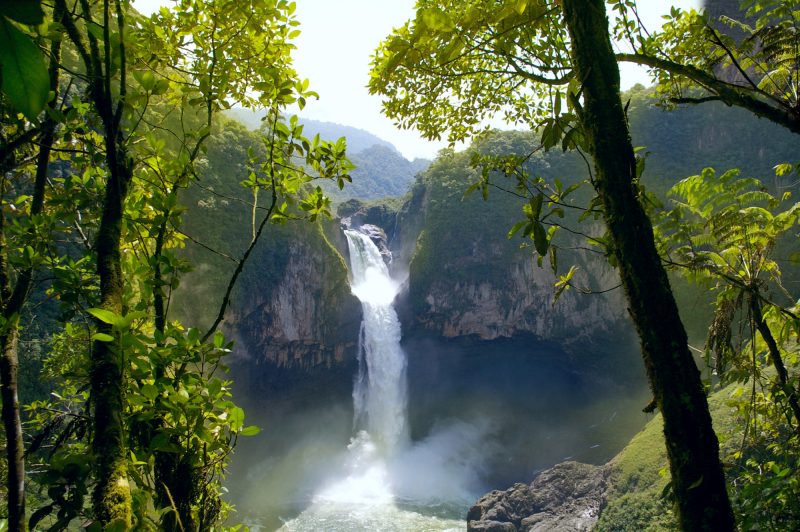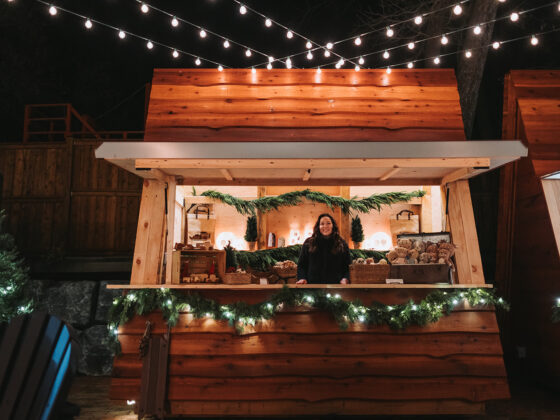The Amazon River Basin is the length of eight countries. It is a 4,400-mile river that has thousands of streams.
The Amazon hosts a tremendous variety of wildlife, plant species, and riverside communities. Jaguars, wild monkeys, bears, and caiman are just a few of the animals folks have seen on trips to the Amazon. The sightseeing, dining, and physical activities involved in an Amazon excursion are like no other.
If you are interested in planning an Amazon adventure, you may be wondering where to start. Here are some ideas.
ADVERTISEMENT |
1. When to Go
A great time to visit the Amazon is between the months of May and June. This is midway between the rainy months of February-April and the hottest, driest months from September to November. The dry season is also popular because of its clear weather and opportunities for long hikes.
A week is a good amount of time to visit. This will give you ample time for travel. You should account for 2-3 days for travel and transfers, and 4-5 days for activities and excursions.
If you are going for more than a week, you may want to consider visiting two different sections of the Amazon.
2. How to Get There
Cities like Manaus in Brazil are quick and easy routes to the jungle. They are serviced by direct flights all over Brazil, and even from Miami. Major airports in Brazil include the Guarulhos International Airport and the International Airport in Rio de Janeiro.
ADVERTISEMENT |
Remember that sudden, torrential downpours are frequent in South America, and flights are often delayed. They are occasionally canceled.
3. What to Pack
You will need to bring light clothes for comfortable traveling without inviting bugs. Bug spray is a must, as well as heavy-duty sunscreen.
You should also plan on bringing a hat and sunglasses to keep you from squinting during excursions. Plan on bringing rain boots and a raincoat for when your adventures get splashy.
It is important to bring heavy pajamas for chilly South American nights. Also, pack your favorite, reliable water bottle and antibacterial gel for outdoor emergencies. You will also want to have a first-aid kit handy with antiseptic wipes and band-aids.
4. Where to Stay
Jungle lodges cater to tourists. Almost all have delicious, family-style meals, private bathrooms, and daily excursions. Rooms are decorated authentically. Tourists are usually happy with the local specialties served for their meals, especially the fish.
ADVERTISEMENT |
Most lodges in Brazil are within a half-day journey from Manaus. The further you get from the city, the less environmental impact there will be on the trails an animals.
Bathrooms connected to your room and 24-hour electricity are luxuries that only some accommodations offer. Your excursions may include a chance to sleep in a forest for a night or hiking for a 2-3-day tour.
Before traveling, decide how much you are willing to “rough it.” You may be able to go a few days without a TV, microwave, refrigerator, or electricity.
ADVERTISEMENT |
Many riverboats, such as Voyagers, chug along the river and stop for adventures along the way. Sleeping is allowed on board, and folks can snooze in anything from hammocks to deluxe berths.
Riverboat trips last from 5-10 days. Accommodations range from simple to luxurious and air-conditioned. Your boat serves as your home base and you can take excursions, such as trips on canoes up and down the streams.
5. What You Will See
The Amazon is a region of great diversity in wildlife. There are 30,000 plant species, 1,800 types of fish, 1,300 bird species, 311 types of mammals, and 165 amphibian species. Exploring the Amazon is a great way to learn about natural ecosystems.
ADVERTISEMENT |
The sights on the Amazon in Brazil have a lot of human interest. You will see people who live on or close to the river and use it as a source of transportation and food. You can see children who go to school by canoe, or women who catch their dinner from their porches.
Much of the rainforest around Manaus is pristine. The uniqueness of the vegetation and species is impressive. The further you move away from the city, the less “citified” the environment will be.
Day-trips from riverboats and lodges include piranha-fishing, seeing pink dolphins, and caiman-sightings. It is also possible to see Amazonian water-lilies, flooded forests, monkeys, and tarantulas.
ADVERTISEMENT |
Countries like Peru and Columbia are known for their wildlife. Banks on the tributaries and slopes of the Andes are good places for bird-watching. Kingfishers, egrets, parakeets, vultures, macaws, and toucans are plentiful.
Tour guides, many of whom speak English, will show you bears, jaguars, and wild monkeys on excursions.
6. What You Will Do
Excursions in the Amazon usually go out around breakfast or dinnertime. Long hikes and canoe trips are popular. You can fish or spot caiman during these excursions.
ADVERTISEMENT |
The Amazon rises and falls by 12-15 meters each year. Tourists love to glide in canoes through flooded areas and examine plants and animal life.
Tree-climbing and sport-fishing, popular with locals in the area, can be arranged as day trips or as part of a lodge or boat tour.
The fastest sections of the river are great for rafting or kayaking trips. The slower parts are perfect for spotting monkeys, snakes, tree frogs, and caiman.
Plan Your Amazon Adventure
Once you have planned your flights, figured out your lodging, and decided which types of excursions you would like to take, you are ready for your Amazon adventure.
ADVERTISEMENT |
Browse our online magazine for some healthy lifestyle tips.






